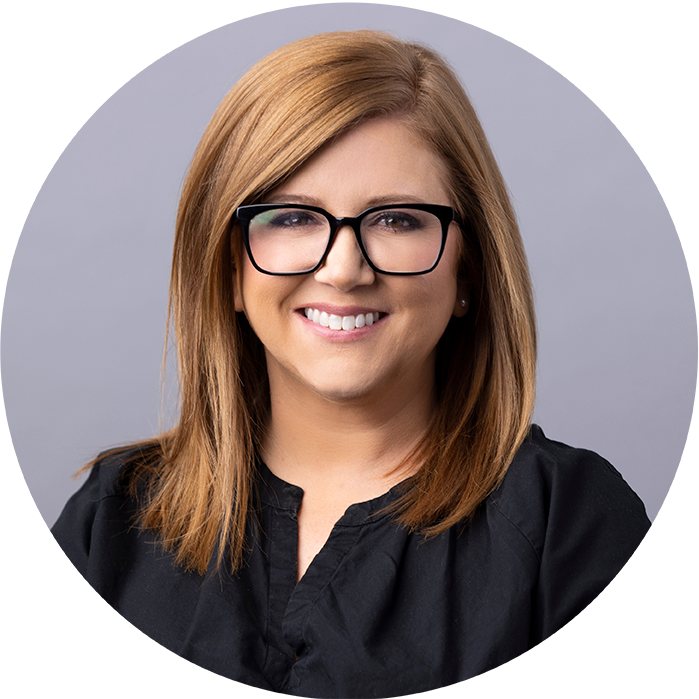Our Team
To help our clients advance their missions, we collaborate intensely and structure our team such that every engagement benefits from diversity and dexterity of thought.
We shirk siloes and assumptions to leverage our collective knowledge and harness the extraordinary experience of our consultants and Strategic Advisors.

Leadership
Rhonda Horn
PresidentKate McCarty
Principal ConsultantDaNi Gahr Fulgium
Project CoordinatorTheresa LeBlanc, CPA
Director of Finance and AdministrationAndrea Romero
Senior ConsultantJessica Shannon
ConsultantRobin Susman
ConsultantStrategic Advisors
Sterling’s Strategic Advisors are specialists in a wide variety of fields, including affordable housing, arts and culture, equity and inclusion, community advocacy, public funding, and more. Their combined breadth and depth of expertise informs our work with clients and sheds new light on community needs and trends.
Ashley Paige Allen, Ph.D.
Houston Community Land Trust, Executive Director
Community Advocacy & Affordable Housing
Kalinda Campbell
Global Head of Diversity Equity Inclusion and Belonging
Human Resources, Equity, & Inclusion
Deborah Lugo
The Hobby Center for the Performing Arts,Vice President of Programming and Education
Arts & Culture
















